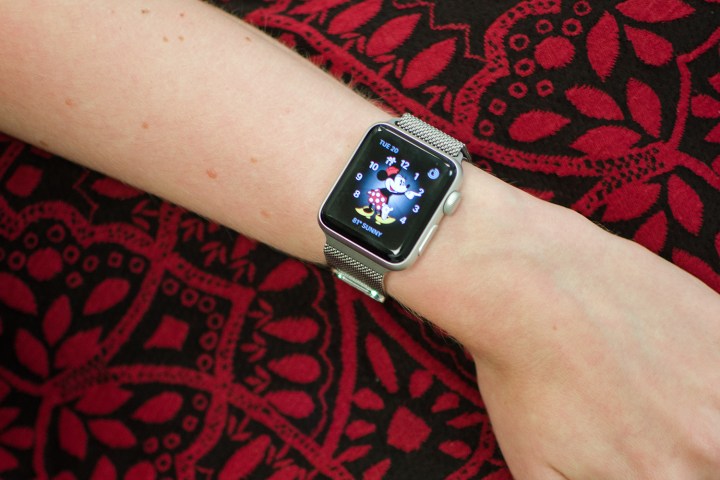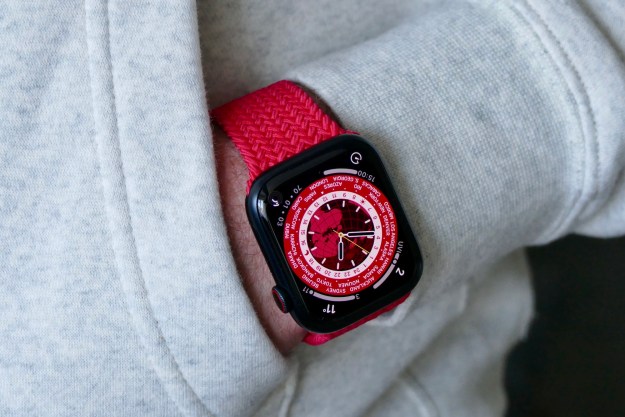
Per Strategy Analytics‘ latest report on the state of the global wearables market, Apple has asserted its dominance as far as market share is concerned and is now at the top of the heap thanks to its Apple Watch. This marks the first time Apple has unseated Fitbit for the crown, and there has been quite a shakeup throughout the ranks of the wearable makers. Xiaomi took second place in the first quarter of 2017 behind Apple, pushing Fitbit to a rather distant third place. However, it looks as though customers around the world are more enamored than ever with these wearable devices, as overall sales have increased by nearly 4 million units.
So what is behind Apple’s recent success? According to Strategy Analytics Executive Director Neil Mawston, it’s all about the Series 2. “The new Apple Watch Series 2 is selling relatively well in the U.S., UK, and elsewhere due to enhanced styling, intensive marketing and a good retail presence,” he said. As Mashable noted, other experts noted that the new Apple Watch’s emphasis on health and fitness features have endeared the wearable further to customers.
Fitbit, on the other hand, has not enjoyed the same growth. As Cliff Raskind, Director at Strategy Analytics, said, “Fitbit shipped 2.9 million wearables worldwide in Q1 2017, falling a huge 36 percent annually from 4.5 million in Q1 2016. Fitbit has lost its wearables leadership to Apple, due to slowing demand for its fitness bands and a late entry to the emerging smartwatch market. Fitbit’s shipments, revenue, pricing and profit are all shrinking at the moment and the company has a major fight on its hands to recover this year.”
Regardless, given the global appetite for wearables, it seems as though Fitbit (along with Apple and Xiaomi) have plenty of room to grow. “Global wearables shipments reached 22.0 million units in Q1 2017, rising 21 percent annually from 18.2 million in Q1 2016,” commented Steven Waltzer, Industry Analyst at Strategy Analytics. “Stronger demand for new smartwatch models in North America, Western Europe, and Asia drove the uptick.”
Editors' Recommendations
- Apple is done with the $17,000 gold Apple Watch Edition
- Hermès offers new range of non-leather – and leather – bands for Apple Watch
- Apple’s $30M settlement over worker bag checks OK’d by court
- Apple Watch Series 3 could be discontinued later this year
- The best Apple Watch Series 6 tips and tricks


